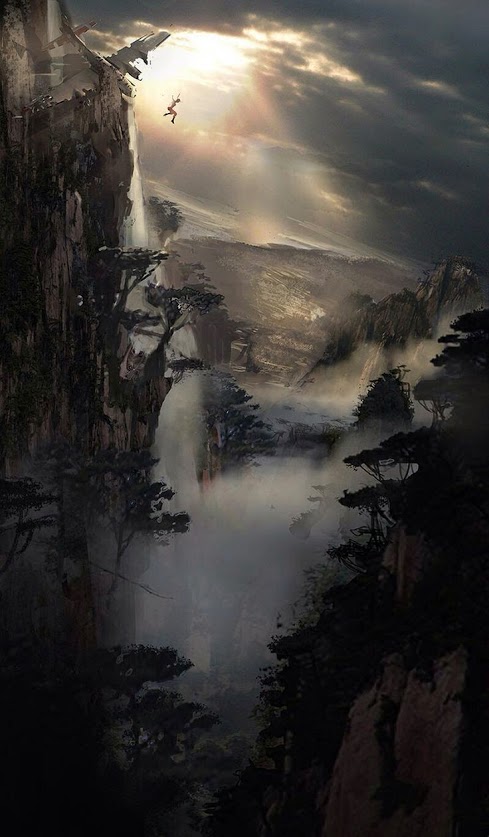Years ago, I toured China, Hong Kong, Taiwan, and the Philippines with BYU’s Wind Symphony. Unlikely enough, I was featured playing a solo on a tenor saxophone.
While touring, my favorite part of each performance was when the rhythm section (or the percussion section as they called them in that gig) took center stage with nothing more than drum heads to play with. While each song was introduced, translated, and ultimately performed, it was abundantly clear that no one needed any explanation as to what they were doing or why. It was also no mystery that it was often their favorite piece of the night. Rolling drum heads beaten both on their sides and on their heads like tambourines, intricate rhythmic patterns, and energetic movements from the performers as drum heads rolled from one performer to another was all anyone needed to understand the intrinsic message behind their “song”: enjoy life: have fun. That was it. It reminds me of Debra Fotheringham’s lyric “rhythm is a tongue understood by everyone” in her exciting song “Fire.”
I have a similar experience most every time I perform contact juggling. Sadly enough, many audiences are entirely unfamiliar with what I’m doing – but once people see it, they rarely, if ever, forget it. Occasionally, little children ask me “what are you doing?” but what they really mean is “HOW are you doing that cool thing???!!!” I traded contact juggling moves with a Japanese man one time – I didn’t speak Japanese and he didn’t speak enough English to get past go but it was a great experience and verbal language wasn’t really needed to teach each other how to do what we do. I have a deaf friend who is a second degree black belt who is planning on opening a Hapkido dojo in a couple years; I’m sure she feels the same way.
There is something very innate with the arts that is universal in every culture. Somehow, we just get it and no one has to teach us how to get it. It’s too bad how under appreciated some of the arts are in western cultures. Perhaps, from a fantasy author’s perspective, that is why elves and dwarves are so popular: they like to express themselves in monumental art. Who else would be found wearing an ornate helmet like the one in the featured image? The image comes from Piotr Fox Wysocki and is found here.


